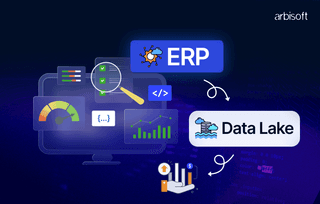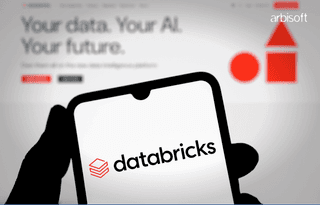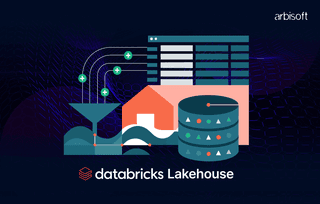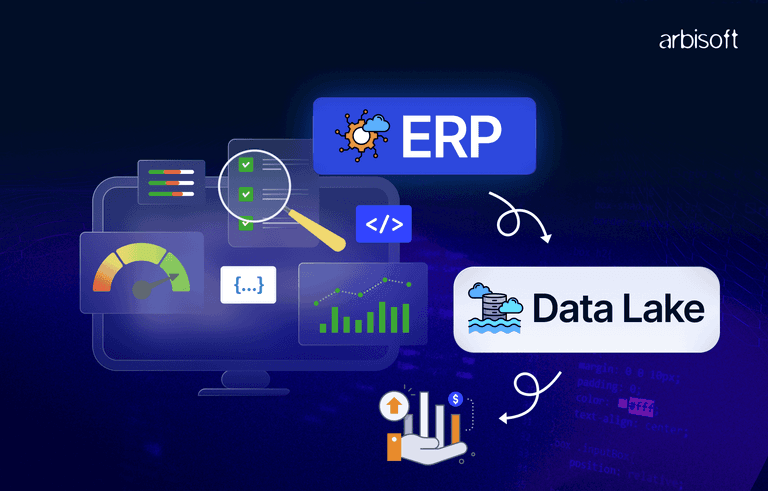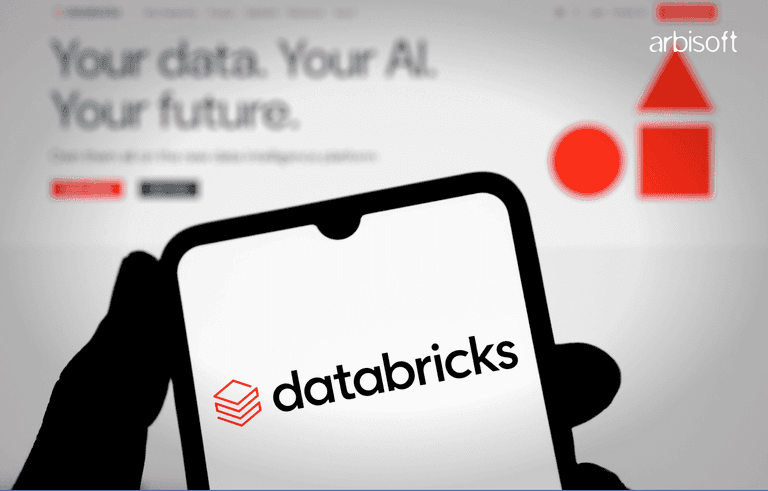We put excellence, value and quality above all - and it shows




A Technology Partnership That Goes Beyond Code

“Arbisoft has been my most trusted technology partner for now over 15 years. Arbisoft has very unique methods of recruiting and training, and the results demonstrate that. They have great teams, great positive attitudes and great communication.”
Exploring Reinforcement Learning from Human Feedback (RLHF)
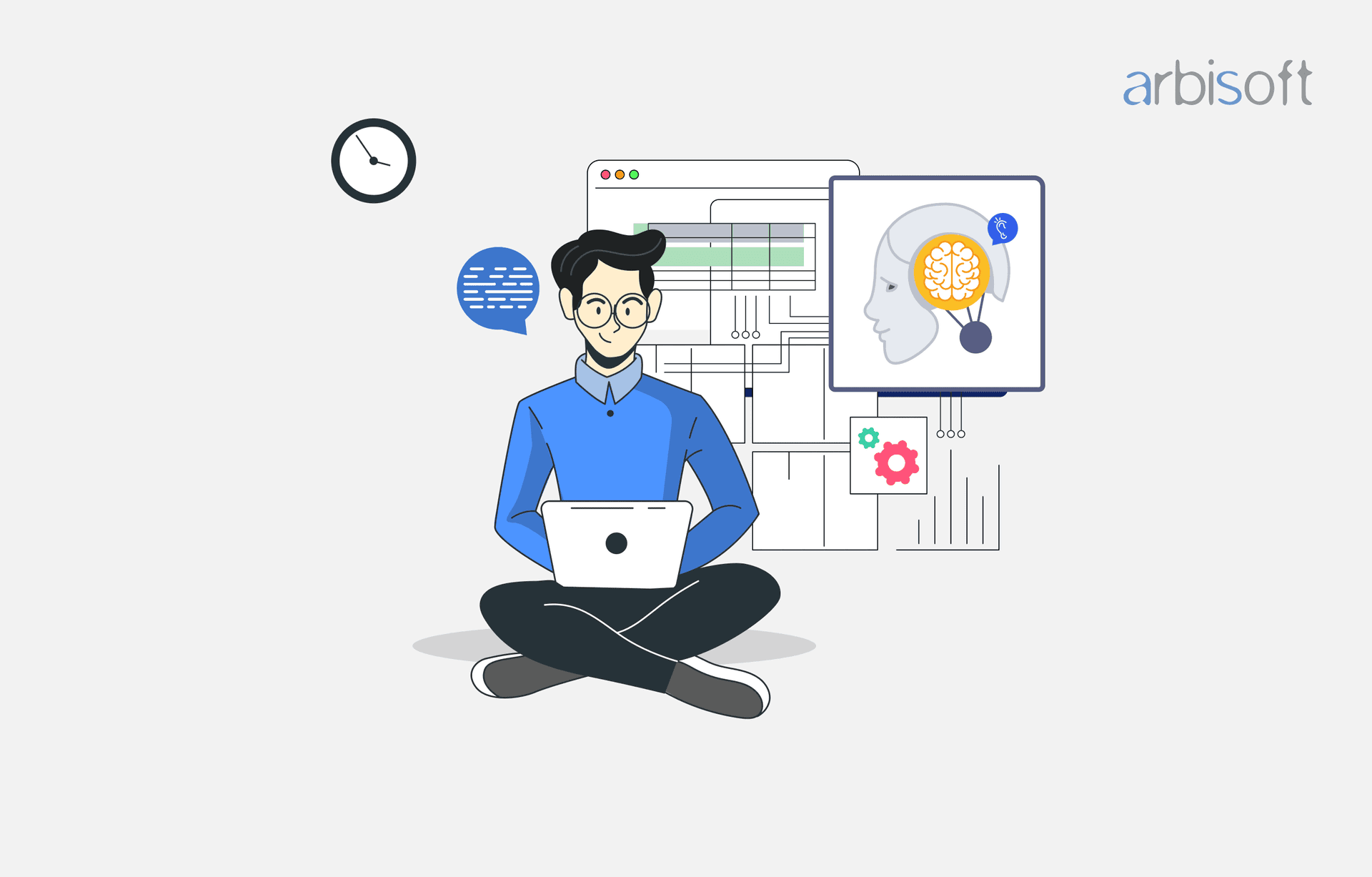
When ChatGPT came out, people saw a preview of the future of AI and large language models (LLMs). At first glance, ChatGPT seems like a typical chatbot, but it can have conversations that sound very human-like. It continues to impress both experts and everyday users by providing clear and sensible answers to questions.
So, why is ChatGPT so successful?
The secret lies in a method called reinforcement learning from human feedback (RLHF). OpenAI uses RLHF to train the GPT model to give the responses that users expect. Without this method, ChatGPT wouldn't be able to handle complex questions or adapt to human preferences as well as it does.
In this article, we’ll explain how RLHF works, why it’s crucial for fine-tuning large language models, and the challenges that come with using this technique.
Reinforcement Learning from Human Feedback is a pioneering approach in the field of machine learning, where human feedback is utilized to train AI models. This method leverages human expertise and intuition to guide the learning process of AI, making it more aligned with human values and preferences.
According to a report by OpenAI, the use of RLHF has shown significant improvements in AI performance, with up to a 30% increase in accuracy and relevance in some applications.
Understanding RLHF and Its Process
RLHF is a way to train and improve large language models (LLMs) so they can follow human instructions better. With RLHF, the model can understand what a user wants even if it's not clearly stated. This method helps the model learn from past conversations to give better responses.
Why RLHF Matters for LLMs
To understand RLHF, it’s important to know how large language models work. These models are designed to predict the next word in a sentence. For example, if you type “The cat chased the mouse...” a typical model might complete it with “through the garden.”
But LLMs become more useful when they can understand simple instructions like “Write a short story about a cat and a mouse.” Without training, the model might struggle and give unclear responses, like explaining how to write a story instead of actually writing one for you.
RLHF helps an LLM go beyond just finishing sentences though. It creates a reward system, guided by human feedback, to teach the model which responses are best. In simple terms, RLHF helps an LLM give answers that sound more like they came from a person.
RLHF vs. Traditional Reinforcement Learning
Large language models traditionally learn in a controlled environment. In regular reinforcement learning, a pre-trained model interacts with a specific setting to improve its actions based on rewards. The model acts like a learner, trying to get the most reward by trying different things.
RLHF improves on traditional reinforcement learning by adding human feedback to the reward system. This extra feedback from experts helps the model learn faster. It combines AI-generated feedback with human guidance and examples, helping the model perform better in different real-life situations.
Not sure whether to use RAG or RLHF?
Check out this handy guide to help you make the decision!

Can't decide between RAG and RLHF?
Make your decision easier with this handy guide!

How RLHF Works
RLHF operates by integrating human feedback into the reinforcement learning (RL) framework. It’s a method to improve AI models that have already been trained. This method can't work alone because it needs human trainers, who can be costly. So, it's used to fine-tune models that are already trained.
Here’s a step-by-step breakdown of how it works::
Step 1 - Start with a Pre-trained Model
First, you start with a model that has already been trained on a lot of data. For example, ChatGPT was built from an existing GPT model. These models learn to predict and form sentences by looking at millions of text examples.
Step 2 - Supervised Fine Tuning
Next, you improve this pre-trained model with human trainers who give the model prompts (questions or tasks) and the correct answers. This helps the model learn to provide better responses.
The pre-trained model knows what users want but doesn't always format its answers the right way. So, we use Supervised Fine-Tuning (SFT) to teach the model to respond better to different questions. Human trainers help guide the model, making it an important step for Reinforcement Learning with Human Feedback. For example, a trainer might give the prompt "Write a simple explanation about artificial intelligence," and then guide the model to answer, "Artificial intelligence is a field of computer science that focuses on creating systems capable of performing tasks that usually require human intelligence”.
SFT helps the model understand user goals, language patterns, and contexts. It learns to generate better responses but still lacks a human touch. To add this, we use human feedback in the next phase, developing a reward model to integrate human preferences.
Step 3 - Create a Reward Model
Then, you create a reward model. This model is used to evaluate the answers given by the main model. Human trainers help by comparing different answers to the same prompt and ranking them from best to worst. The reward model learns from these rankings and can then score answers by itself. The score tells the main model how good or bad its answer was.
Step 4 - Train the RL Policy with the Reward Model
Finally, you use the reward model to train the main model further. The main model, now called the RL policy, sends its answers to the reward model and receives a score for each one. It uses these scores to adjust its answers and improve over time. This back-and-forth learning process continues until the model consistently gives good responses.
How RLHF Improves the Performance of Large Language Models LLMs
Large language models (LLMs) are advanced neural networks capable of complex language processing tasks. These models have many parameters, such as weights and biases in their hidden layers, which help them produce more accurate and coherent responses.
LLMs are trained using methods where they teach themselves or are taught by humans. They adjust their parts to try to give human-like answers. But sometimes, they might still not understand instructions very well. Despite extensive training, LLMs can miss the point unless instructions are obvious. This is different from how people talk, where we often hint at meanings. Because of this, LLMs can be unpredictable and inconsistent.
RLHF helps improve LLMs in this aspect. For example, OpenAI's work on InstructGPT, which came before ChatGPT, showed that a model with 1.3 billion parts could be better than a bigger model with 175 billion parts when trained with RLHF.
Human help is crucial in RLHF. Domain experts help train the models to understand and respond better to different kinds of language. Human feedback gives the model better and more relevant signals. This means that even with less training data, an RLHF-trained model can provide better answers.
RLHF-trained models show key improvements, such as:
- Better at Following Instructions: They can follow instructions more accurately, even if the instructions are not extensive.
- Less Harmful Content: They are less likely to create harmful or inappropriate content.
- Fewer Mistakes: They are less likely to give wrong or made-up information.
- More Adaptable: They can handle more different tasks, even those they were not specifically trained for.
In short, RLHF makes LLMs work more reliably, safely, and consistently, making them more useful for many purposes.
How RLHF Transforms LLMs from Autocompletion to Conversational Understanding
Large language models are a major step forward in AI language systems. These deep-learning models are trained on large amounts of text from millions of sources. On their own, LLMs can create coherent and grammatically correct sentences from human input.
However, their use has been mostly limited to specific tasks within the data science community. For example, LLMs are used in auto-complete features like Gmail’s smart composer, which suggests phrases based on the words a user types and allows the user to insert the generated text into an email.
But LLMs have the potential to do much more, especially in understanding human conversation. Unlike structured prompts, human conversations are varied, nuanced, influenced by culture, and have different intents. A pre-trained LLM model like GPT needs further fine-tuning to understand these elements.
Reinforcement Learning from Human Feedback changes how LLMs are used, moving them beyond simple autocompletion. RLHF helps develop technologies like Conversational AI, where chatbots can do more than just answer basic questions.
Real-World Applications
Today, companies use RLHF to enhance the capabilities of pre-trained LLM models in various ways. Here are some examples:
- E-commerce: Virtual assistants can recommend specific products based on queries like “Show me trendy winter wear for kids.” Implementing an AI chatbot solution for ecommerce can leverage RLHF to enhance customer interactions and support.
- Healthcare: Systems like BioGPT-JSL help clinicians summarize diagnoses and ask about medical conditions with simple health-related questions.
- Finance: Financial institutions use LLMs to recommend relevant products and find insights into financial data. For instance, BloombergGPT is fine-tuned with financial domain data, making it highly effective for the finance industry.
- Education: Trained LLMs allow learners to personalize their education and receive prompt assessments. These AI models also help teachers by generating high-quality questions for classroom use.
In summary, RLHF helps LLMs understand and engage in human conversations, unlocking new applications and making them more useful across different industries.
Conclusion
RLHF represents a significant advancement in AI development, bridging the gap between machine learning and human intuition. By integrating human feedback into the learning process, RLHF enables AI models to perform more accurately and align better with human values and preferences. As this technology continues to evolve, its potential applications across various fields will expand, leading to more intelligent and human-centric AI solutions.
Exploring RLHF offers a glimpse into the future of AI, where human expertise and machine learning combine to create powerful and reliable systems that enhance our daily lives, professional endeavors, and business operations. By integrating machine learning solutions through RLHF, businesses can harness advanced data-driven insights to optimize decision-making, personalize customer experiences, and streamline processes. With RLHF, the collaboration between humans and AI reaches new heights, driving innovation, excellence in technology, and transformative solutions for enterprises.








